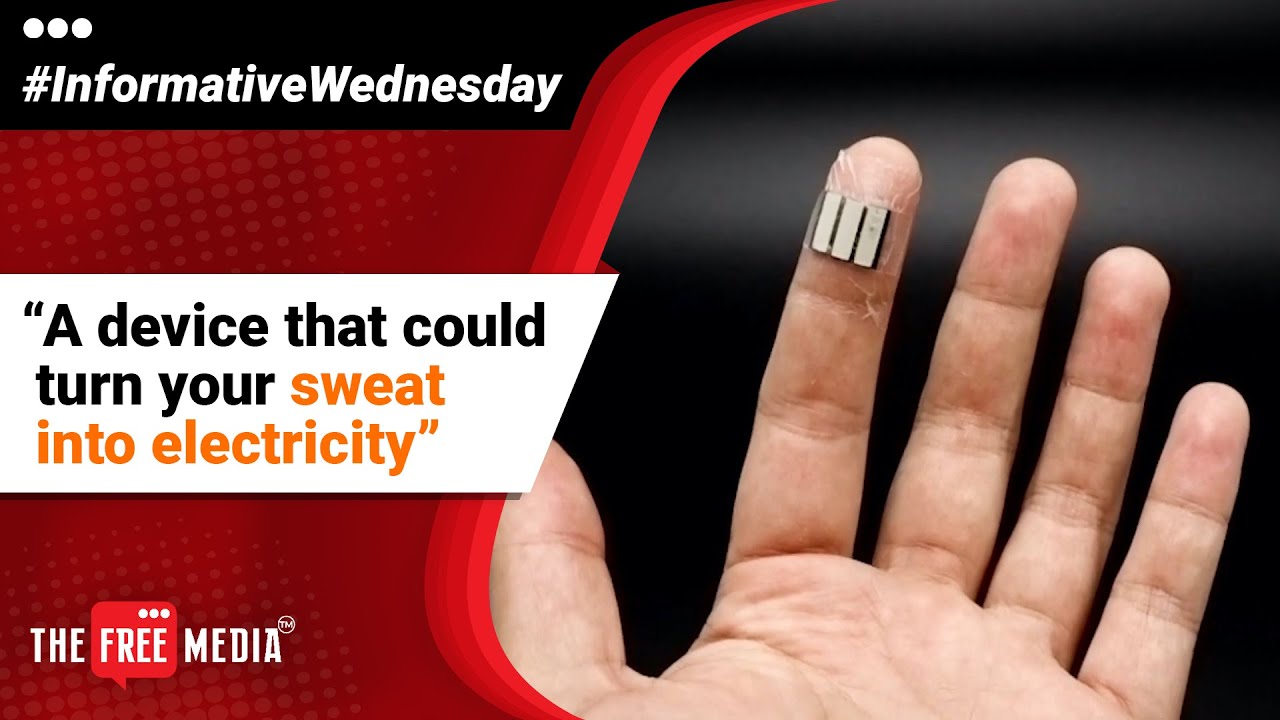Introduction
The global healthcare ecosystem is adapting innovation for more accurate, and approachable healthcare solutions. The recent scenarios have led to the need for health solutions that address requirements for clinical diagnosis, treatment, and disease management while limiting transmission and disease spread.
Digital Twin are highly complex virtual models precisely replicating a real-world element using Artificial Intelligence. It uses real-world data to predict the behavior of real-world objects, environments, operational processes, or persons.
Digital Twin are connected to sensors that are used to map the data onto the virtual model. The data is analyzed to foresee a complete life-cycle of the virtual simulation of its physical counterpart.
Table of Content:
- Digital Twin in Healthcare
- Digital Twin in the healthcare facility
- Digital Twin of the human body parts
- Digital Twin for device development
- Digital Twin for device development
- Linux Foundation Empowering Digital Twin
Digital Twin in Healthcare
The Healthcare industry is utilizing the concept of Digital Twin to provide accessible and safer service. In the healthcare industry, Digital Twin can be an infrastructure including devices and environments, or a virtual replication of patients.
Based on physiology, medical history, and genetic patterns, doctors can diagnose the current and future health risks of patients by deploying the data to their virtual counterparts. It helps practitioners and caregivers to assist their patients remotely. This facility has optimal use in case of contagious diseases or disease outbreaks like COVID-19.
Digital Twin in the healthcare facility
Digital Twin in healthcare infrastructure can be built to assess operational strategies, capacities, staffing, and care models to predict lifecycle and areas of improvement.
It can streamline resource usage by predicting bed shortages, shift management, staff scheduling, service availability, etc. promoting smooth coordination and workflow in the medical infrastructure. It also promotes data-driven strategic decisions to reduce risk and maximize resource output.
Digital Twin of the human body parts
Digital Twin of the human body parts are a replication of a patient’s body parts that captures the vital measurements of a patient like oxygen level, blood pressure, heart rate, etc. It helps medical practitioners to predict the effects of a medicine or a treatment on the patient. By deploying Digital Twin technology doctors do not drive the treatments through large samples instead rely on personalized data and customized plans.
Digital Twin for device development
A digital twin of a device helps engineers define the characteristics and uses of the device, make alterations in design and material, and modify the device before physical implementation. It significantly reduces development costs by eliminating the possibility of failures.
Digital Twin for Drugs Development
Researchers can analyze the composition characteristics of chemical substances enabling them to modify or resign efficient drugs.
Linux Foundation Empowering Digital Twin
A blog by Linux Foundation Public Health revealed its work in the open-source community to empower Digital Twin. The open 3D Foundation, by Linux Foundation, is working towards building fully featured 3D engines to build simulations that promote technologies like Digital twin. Linux Foundation has also established Digital Twin Consortium, focused on healthcare and science. It is established to drive awareness of Digital twin technology.
Conclusion
Innovations in healthcare are in increasing demand and technologies like Digital Twin will be providing better healthcare approaches with reduced risk of failures and non-effective treatments.
Many healthcare infrastructures are adopting Digital Twin and are transforming the legacy systems of treatments to provide more accurate services.












